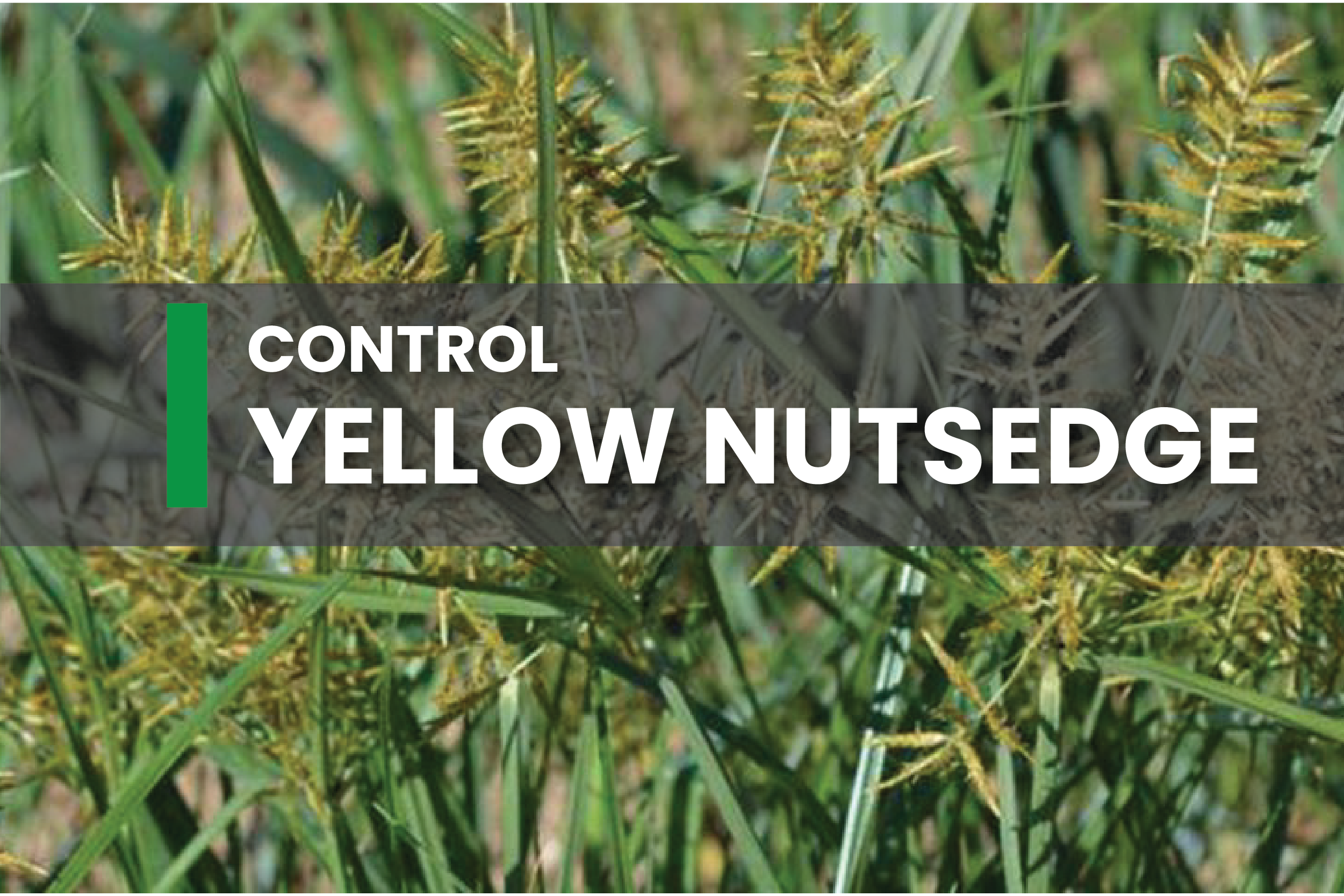
TURFGRASS INSECTS
MANAGING WHITE GRUBS IN TURFGRASS
Douglas S. Richmond, Turfgrass Entomology Extension Specialist
WHITE GRUB SPECIES ASSOCIATED WITH TURFGRASS IN THE MIDWEST
White grubs represent a complex of beetle larvae in the family Scarabaeidae that are common pests of agricultural and horticultural systems. Often called scarab beetles, the family consists of over 30,000 species world-wide. The larvae, or grubs, of several species are common pests of turfgrass. These species include the Japanese beetle, masked chafers (2 species), European chafer, Asiatic garden beetle, Oriental beetle, green June beetle, May/June beetles (several species), and black turfgrass ataenius. White grubs damage a variety of warm- and cool-season grasses while feeding in the soil matrix on organic matter, thatch and plant roots. The distribution of these species overlaps significantly and it is not uncommon to find mixed populations of two or more species at a single location.
IDENTIFICATION AND SEASONAL BIOLOGY
Proper identification and basic understanding of the varying life cycles of different white grub species can help turfgrass managers monitor, plan for and  manage infestations. White grubs are white, C-shaped insects with a chestnut colored head and 3 pairs of legs that are clearly visible (Fig. 1). The rear end is slightly larger in diameter than the rest of the body and may appear darker in color due to the soil and organic matter they ingest. Size may vary considerably depending on the species and age, but older larvae will generally range from 1/4 to 1-1/2 inches in length. White grubs can be identified to genus or species based on the conformation of the raster pattern. The raster pattern is composed of a series of short hairs and spines on the underside of the tip of the abdomen (Fig. 2). A hand lens, magnifying glass or microscope may be required to see the pattern clearly. The life cycles of these insects can be grouped broadly into three categories (annual, semi-annual and multi-annual) based on the amount of time required to complete development.
manage infestations. White grubs are white, C-shaped insects with a chestnut colored head and 3 pairs of legs that are clearly visible (Fig. 1). The rear end is slightly larger in diameter than the rest of the body and may appear darker in color due to the soil and organic matter they ingest. Size may vary considerably depending on the species and age, but older larvae will generally range from 1/4 to 1-1/2 inches in length. White grubs can be identified to genus or species based on the conformation of the raster pattern. The raster pattern is composed of a series of short hairs and spines on the underside of the tip of the abdomen (Fig. 2). A hand lens, magnifying glass or microscope may be required to see the pattern clearly. The life cycles of these insects can be grouped broadly into three categories (annual, semi-annual and multi-annual) based on the amount of time required to complete development.
Figure 1. A typical white grub. Notice that the body is C-shaped and 3 pairs of legs are present. The yellow arrow indicates the location of the raster pattern that is useful for identification.
Figure 2. Raster patterns of annual and multi-annual white grub species common in the Midwest.
Annual White Grubs
Annual white grubs are the most common pest species, producing one generation every year. Several annual white grubs species (Japanese beetle, European chafer, Asiatic garden beetle and Oriental beetle) are considered exotic, invasive species, but others are native to North America (masked chafers, green June beetle). These species overwinter in the larval stage, pupating in the soil during late spring or early summer (Fig. 3). Adults emerge and fly during early- to mid-summer and begin laying eggs in the soil. The adults of some species (e.g., Japanese beetle, Asiatic garden beetle) can be serious pests of ornamental plants during this time. Eggs hatch by the end of July producing small larvae that begin feeding in the root zone. Large larvae are present by September, but

damage may appear anytime between August and November. Late instar larvae migrate down into the soil to spend the winter. Larvae migrate back up into the root zone to feed again in the spring before pupation and damage to turf may also occur during this time.
Figure 3. Life cycle of a typical annual white grub and relative timing of three different chemical or biological management strategies; preventive (strategy 1), early curative (strategy 2) and late curative (strategy 3).
Semi-Annual White Grubs
The Black turfgrass ateanius produces two generations of larvae each year and is the primary species of semi-annual white grub affecting turfgrass in the Midwest. Adults are small black beetles (3.5-5.5 mm in length) that overwinter in the thatch and soil along the edges of golf course fairways. Adults migrate from overwintering areas during spring, about the time redbuds (Cercis canadensis) are in bloom (April), and begin laying eggs when Vanhoutte spirea (Spirea x vanhouttei) is in full bloom (May) (Fig. 4). Eggs are laid in the soil in small clusters that typically hatch by late May. First generation larvae feed until mid-July, but damage may be visible by late June. These larvae pupate producing new adults by early August. These adults typically lay eggs producing a second generation of grubs by mid-August in all but the most northerly parts of the Midwest. Damage from this second generation is not uncommon. Second generation larvae pupate by September and emerging adults usually leave the fairways for overwintering sites by October. This species is not known to damage lawns, but is capable of causing serious damage to closely mowed golf course turf.
Figure 4. Life cycle of a typical semi-annual white grub, black turfgrass ataenius, and relative timing of three different chemical or biological management strategies; preventive (strategy 1), early curative (strategy 2) and late curative (strategy 3).
If you want to view as pdf, click here
For information on turfgrass identification, weed, disease and fertility management, visit the Purdue Turfgrass Science Website https://turf.purdue.edu or call Purdue Extension (765-494-8491).






